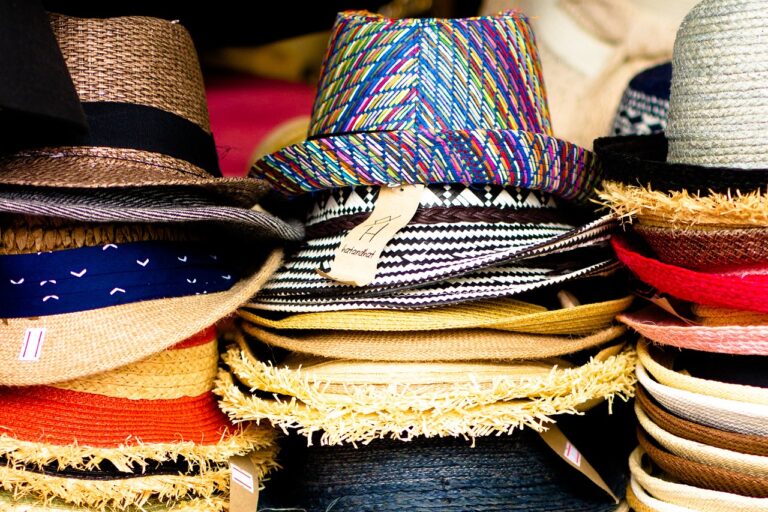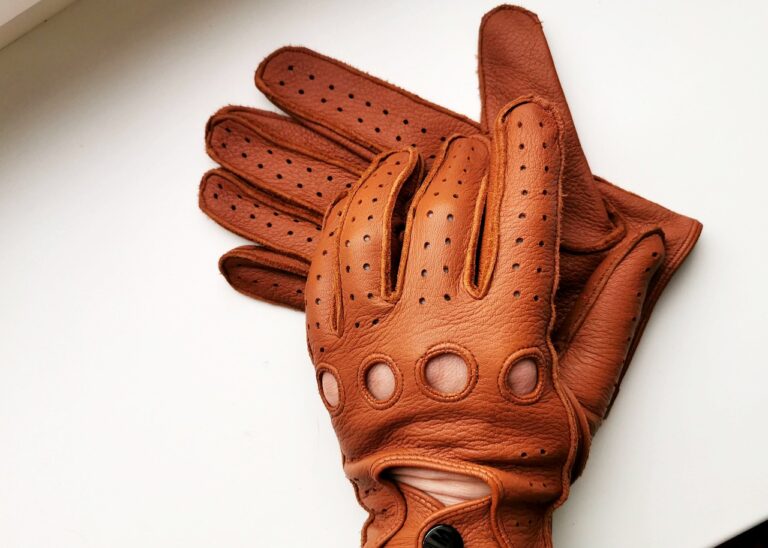Fashion and Culture: Traditional Clothing Around the World
In Africa, traditional clothing varies greatly from region to region, reflecting the diversity and rich cultural heritage of the continent. Each tribe and ethnic group has its unique style of clothing, often made from locally sourced materials like cotton, silk, or animal skins. These garments are not just worn for aesthetics but also hold symbolic significance, representing a person’s social status, age, and even spiritual beliefs.
Bright colors, intricate patterns, and elaborate beadwork are common features found in African traditional clothing. These elements not only add beauty to the garments but also serve as a form of communication, telling stories and conveying messages about the wearer’s identity and heritage. Additionally, the use of traditional accessories like head wraps, jewelry, and sandals further enhances the overall cultural significance of the attire.
Traditional Clothing in Asia
Traditional clothing in Asia represents a rich tapestry of cultural heritage and diversity. From the elaborate kimonos of Japan to the vibrant saris of India, each garment tells a story of tradition passed down through generations. The intricate patterns, vibrant colors, and unique fabrics used in Asian traditional clothing reflect the values and beliefs of the different communities across the continent.
In many Asian countries, traditional clothing is not just worn on special occasions but is also a way of preserving cultural identity and heritage. The garments are often meticulously crafted by skilled artisans who pay attention to every detail, ensuring that each piece is a work of art. Traditional clothing in Asia is more than just fabric and threads; it is a manifestation of history, identity, and pride for the people who wear it.
What are some examples of traditional clothing in Asia?
Traditional clothing in Asia varies greatly depending on the country and culture, but some examples include the kimono in Japan, the hanbok in Korea, the saree in India, and the cheongsam in China.
How has traditional clothing in Asia evolved over time?
Traditional clothing in Asia has evolved over time to incorporate modern influences while still maintaining its cultural roots. For example, modern hanboks in Korea may have updated designs and colors, but still retain the traditional silhouette.
Is traditional clothing still worn in Asia today?
Yes, traditional clothing is still worn in many parts of Asia, especially for special occasions such as weddings, festivals, and cultural celebrations. In some countries, traditional clothing is also worn on a daily basis by some people.
Are there any specific customs or traditions associated with traditional clothing in Asia?
Yes, there are many customs and traditions associated with traditional clothing in Asia. For example, in some cultures, certain colors or patterns may be worn for specific events or to symbolize particular meanings. Additionally, the way traditional clothing is worn and styled can also hold cultural significance.
Can traditional clothing in Asia be purchased and worn by non-Asian individuals?
Yes, traditional clothing in Asia can often be purchased and worn by non-Asian individuals. However, it is important to be respectful of the cultural significance of the clothing and to understand any customs or traditions associated with it before wearing it.





